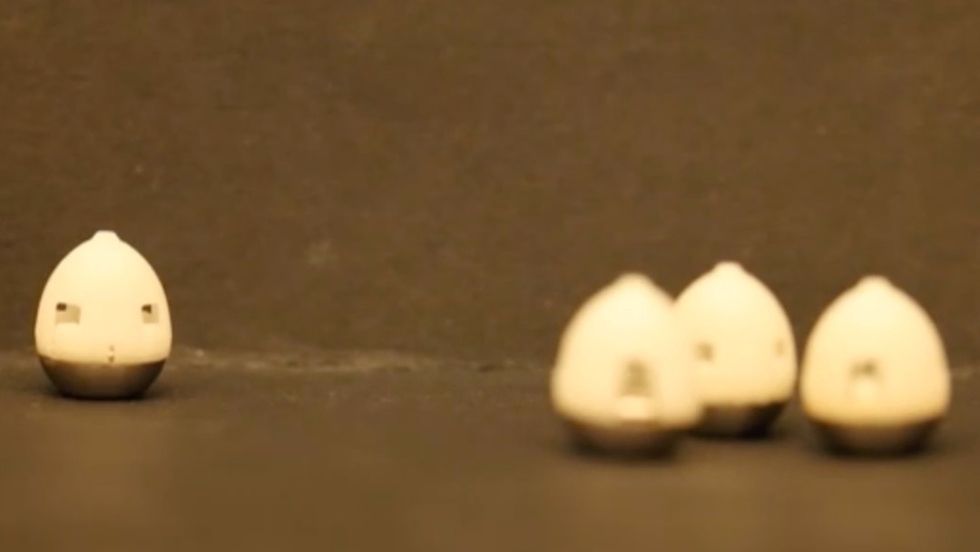Going to the doctor's office to get a shot was one of the most dreadful tasks as a child, and even larger of a task for our parents to strap us into the car to get there.
Needles are widely feared but also are wildly important in the healthcare field, from delivering vaccines to insulin to chemotherapy. But their necessity doesn't squash our fears. It just forces us to accept them as a necessary evil.
However, thanks to MIT and Harvard researchers, and a special animal, a needle-free reality may be in our future. Instead of our physicians pulling out syringes to administer drug injections, we may be receiving them in a form of a pill. The developers are calling it "SOMA", or the self-orienting millimeter-scale applicator. Made of stainless steel and other biodegradable materials, the white, dome-shaped device can be swallowed easily and will self-orient to the stomach wall and deliver a minuscule injection.
The first tests were done on pigs and rats. In three pigs that swallowed the device, even while moving around, the applicator did its job. The pigs had similar levels of insulin in their bloodstream to if they were to be injected through the skin.
Since the stomach doesn't have many pain receptors, the "prick" from the Soma would not even be felt by the patient. The medicine would enter the bloodstream, and the tiny applicator would be excreted later by the patient. This element is extremely important, especially for diabetic patients. Studies show that being uncomfortable or afraid of needles can lead to a seven to an eight-year delay in starting insulin treatment.
More tests need to be done on animals, but the researchers hope to start testing the Soma device in humans in three years.
The inspiration for a device that rolls over and finds its balance? The leopard tortoise. The engineers of the Soma found that this creature can roll back onto its feet, no matter which way it falls at. The angled, dome-shaped shell allows for this skill and inspired the engineers to shape the device in the way that they did.
Through imitating nature, the healthcare industry can propel itself into a pain-free treatment age.
















